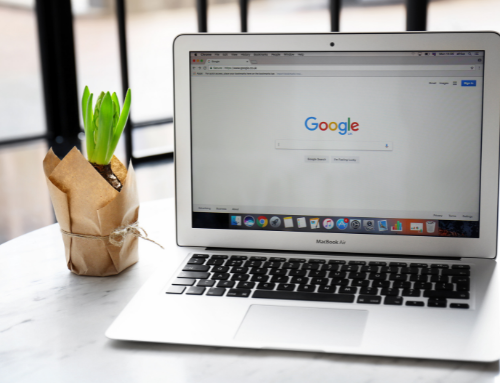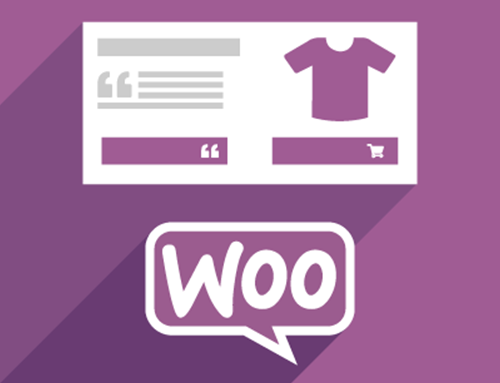What’s in a picture? A thousand words! Appearance is far more important than we like to admit, people do judge a book by its cover and first impressions do count. We might not like it but these are traits of human nature. Choosing the right  images for your website is critical; you can influence your visitors with imagery before anything else. 90% of information sent to our brain is visual. Images are stored in our long term memory but text goes to the short term memory bank, so images are a very powerful marketing tool. People are not just browsing your website, they are experiencing it and the right images will contribute to making that experience good or bad. There is a knack to selecting the best visual medium. The following guide can help you select the best image. If you are stuck with finding images, see point 12.
images for your website is critical; you can influence your visitors with imagery before anything else. 90% of information sent to our brain is visual. Images are stored in our long term memory but text goes to the short term memory bank, so images are a very powerful marketing tool. People are not just browsing your website, they are experiencing it and the right images will contribute to making that experience good or bad. There is a knack to selecting the best visual medium. The following guide can help you select the best image. If you are stuck with finding images, see point 12.
A guide to choosing the right images
1. We have become a visual culture; nearly everyone has a camera in their pocket. Smart phones can take great pictures but a website needs professional, high resolution images. Use a professional photographer, not a hobby enthusiast. A low quality photo will damage your credibility by implying your goods and services are low quality too.
2. Pictures are a universal language; they convey a message without needing words. Make sure the image is giving the right message and correctly portrays your business and how you want to be perceived.
3. Does the image accurately relate to your business sector? Don’t be too obscure and try to incorporate a hidden message that is too clever to be understood. Photos help your visitors understand your products and services much quicker than reading the content. People scan read text not images.
4. Avoid visual clutter. Too many photos will confuse the viewer, especially on a home page. Less is more; it is more valuable to have one or two fantastic photos than an untidy scattering of multiple images.
5. Allow your web designer to guide you. They know how to make the right image fit and the optimum spot to place it. They know how to stop high quality images impacting on your site download time. Their skill can interpret pixilation, formatting, sizing and selection. It might be your favourite image of your treasured dog, but it doesn’t mean its right for the web page.
6. Use images and logos to implant your brand in the viewers mind. Poor choices of image selection create a poor impression of your brand. Unify your images and logo to give a clear, positive representation of your brand. A single image can make or break a website.
7. Use photos to assist navigation. Pictures help visitors quickly find what they are looking for. Info graphic and directional use of images will create a good user experience. Good Web designers should apply this technique.
8. Seeing comes before words. Babies are looking, seeing and learning before they talk. Picture books with a few words help babies learn to talk and read. Combine words and pictures cautiously, place a suitable text description with your image. This is also very beneficial to visitors with sight impairments (a blog about making websites easier for people with disabilities is coming soon).
9. Images are favoured by Google. A website with images gets ranked higher in search engine results, an SEO gift!
10. Emotion sells! Research shows that photos of real people, smiling babies and cute animals are very interest rich. These are known as ‘sticky images’ because they stick in your mind. Select photo genre carefully, make people happy .
11. Make sure you are using images legally. Copyright infringement can lead to expensive litigation. Check guidelines, associated licenses and credits stated for the photographer. Government guidelines on image copyright
https://insidegovuk.blog.gov.uk/gov-uk-standards-and-guidelines/image-copyright-standards-for-gov-uk/
12. There are numerous places to find free images. Email me copywriting@smemedia.co.uk if you would like a list of the best places to find free stock images from reputable sources.

